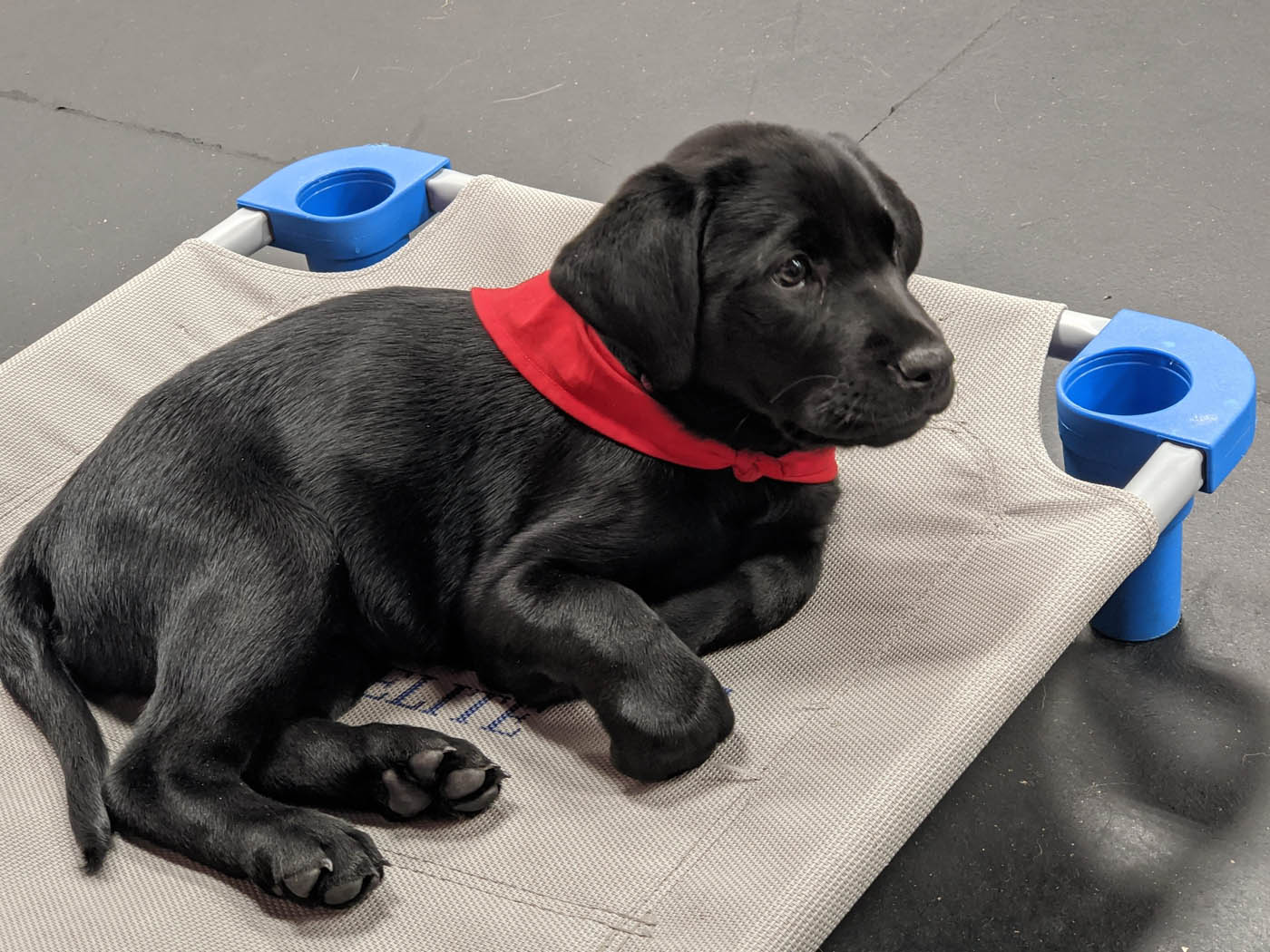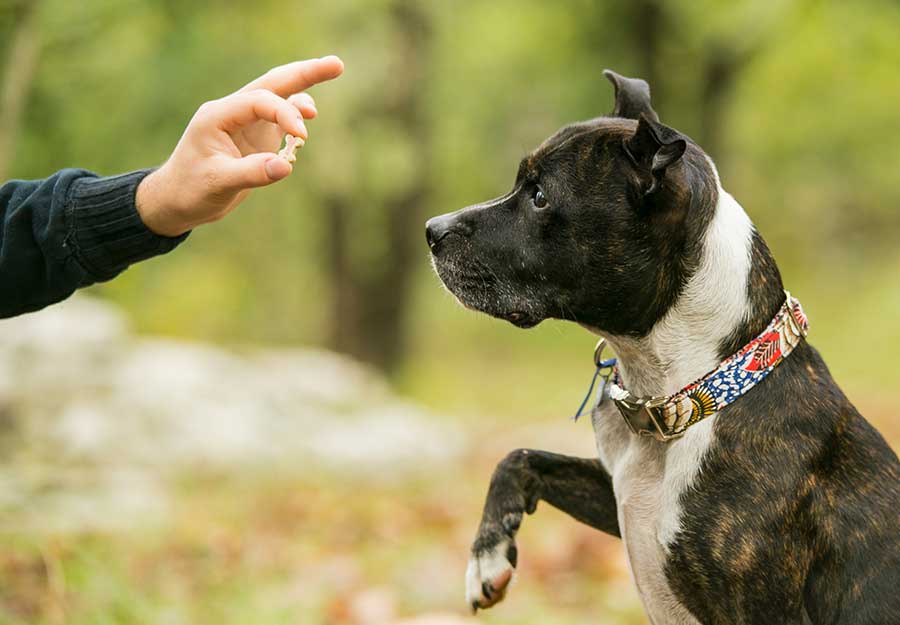The Ultimate Overview to Dog Training Charlotte: Methods for Success
The Ultimate Overview to Dog Training Charlotte: Methods for Success
Blog Article
The Ultimate Overview to Pet Training: Building a Satisfied, Obedient Pet Dog
Effective dog training is a diverse procedure that rests on a deep understanding of canine actions and the application of proven methods. By accepting positive reinforcement and regular command use, pet dog owners can cultivate not only obedience yet also a strong, relying on partnership with their canines. Nevertheless, the trip does not end with standard commands; addressing behavioral issues and developing a nurturing training environment are equally essential components. As we check out these elements, it comes to be noticeable that the path to a well-behaved and material canine friend may hold more complexities than one could originally assume.

Understanding Canine Actions
Exactly how does a canine's behavior reflect its mental and psychological state? A pet's activities can work as a window right into its feelings, demands, and overall mental wellness. A wagging tail commonly indicates joy and enjoyment, while a lowered tail might suggest anxiety or submission. Similarly, vocalizations such as barking or whining can communicate a selection of emotions, from delight to distress.
Body movement likewise plays an important function in understanding canine behavior. A relaxed posture and open mouth signal comfort, whereas tense muscular tissues and pinned ears may recommend anxiety or hostility. Observing these signals is crucial for recognizing the root triggers of a pet's habits, whether it stems from disappointment, excitement, or anxiety.
In addition, a pet's communication with its atmosphere and other animals can give insight into its psychological state. For instance, a pet dog that involves playfully with various other dogs is likely feeling protected and social, while one that displays evasion or aggression may be experiencing tension or instability. Comprehending these behavioral signs is vital for fostering a solid connection in between the owner and the pet, eventually adding to the pet's psychological wellness and wellness.
Necessary Training Strategies
Effective canine training methods are essential for promoting desirable habits and reinforcing the bond between a canine and its owner. Using favorable reinforcement is among one of the most effective techniques, where rewards such as treats, praise, or playtime are offered to strengthen desired behaviors (dog training charlotte). This urges the pet dog to duplicate those habits, creating a positive discovering atmosphere
Uniformity is an additional crucial aspect in pet dog training. Commands should be consistent and clear, and all relative have to apply the exact same regulations to avoid confusing the canine. Timing is just as vital; benefits ought to be provided quickly after the wanted behavior to establish a clear connection between the activity and the incentive.
Additionally, short and engaging training sessions are effective, as canines have varying focus spans. Objective for sessions of 5 to 15 minutes, depending on the pet dog's age and energy degree. Integrating play right into training can additionally boost motivation and pleasure for both the owner and the pet dog.
Lastly, perseverance is crucial. Pet dogs learn at their own rate, and maintaining a tranquil look at this site disposition will help alleviate irritation, making certain a positive training experience. These essential strategies lay the foundation for effective pet dog training and a harmonious relationship.
Basic Commands to Educate

Use treats, appreciation, and play to award your pet's successes. By instilling these standard commands, proprietors furnish their canines with the abilities needed for a well-behaved and unified partnership.
Dealing With Typical Behavioral Problems
Recognizing and resolving common behavioral problems in canines is important for promoting an unified relationship in between animals and their proprietors. Numerous canines display habits such as too much barking, eating, or aggressiveness, which can come from stress and anxiety, monotony, or absence of appropriate training. Recognizing the source of these habits is the very first step towards effective treatment.
For instance, excessive barking might indicate a requirement for attention or a reaction to environmental stimuli. In such situations, owners must examine the dog's environment and provide adequate psychological excitement, such as interactive toys or routine workout. Eating can usually be handled by redirecting the behavior to suitable eat items and making certain that the pet dog has adequate exercise to decrease monotony.
Hostile habits requires mindful handling and might demand specialist training help. It's important to comprehend that punishment can aggravate anxiety and aggressiveness, bring about a cycle of behavioral issues. Instead, focus on positive support techniques to compensate navigate to this website preferable behaviors and reinforce a sense of safety and security.
Building a Positive Training Environment
Producing a favorable training atmosphere is basic for reinforcing preferable habits in pets and alleviating behavior issues. This atmosphere must be identified by uniformity, support, and a clear understanding of the training objectives. By developing a routine, canines learn what is anticipated of them, which assists decrease anxiety and confusion.
Utilizing positive reinforcement techniques, such as deals with, appreciation, and play, fosters a complacency and inspiration in the dog. Rewarding great habits promptly and constantly reinforces the wanted actions, making the training procedure much more reliable - dog training near me. Additionally, instructors ought to stay person and calmness, as pet dogs are delicate to their trainers' emotions
The training space should be devoid of diversions to make sure the pet can concentrate on the jobs at hand. Consider using a quiet area or a safe and secure outside area. Additionally, integrating play and socialization into training sessions promotes a well-shaped approach, enhancing the dog's knowing experience.
Eventually, a positive training setting supports a solid bond in between the dog and handler, bring about a loyal, delighted animal. By prioritizing this setting, pet owners can successfully deal with behavior difficulties and grow a successful training trip.
Verdict
Reliable dog training relies on a thorough understanding of canine behavior and the application of positive reinforcement techniques. Embracing these principles guarantees a gratifying training experience for both dogs and their proprietors.
Reliable dog training is a diverse process that hinges on a deep understanding of canine habits and the application of proven methods. A canine that involves playfully with other pets is most likely sensation social and protected, while one that shows avoidance or hostility might be experiencing stress or insecurity.Effective dog why not try this out training methods are essential for promoting desirable actions and reinforcing the bond between a dog and its proprietor.Producing a favorable training environment is fundamental for strengthening desirable actions in pet dogs and mitigating behavioral concerns.Reliable dog training depends on a comprehensive understanding of canine behavior and the application of positive reinforcement methods.
Report this page